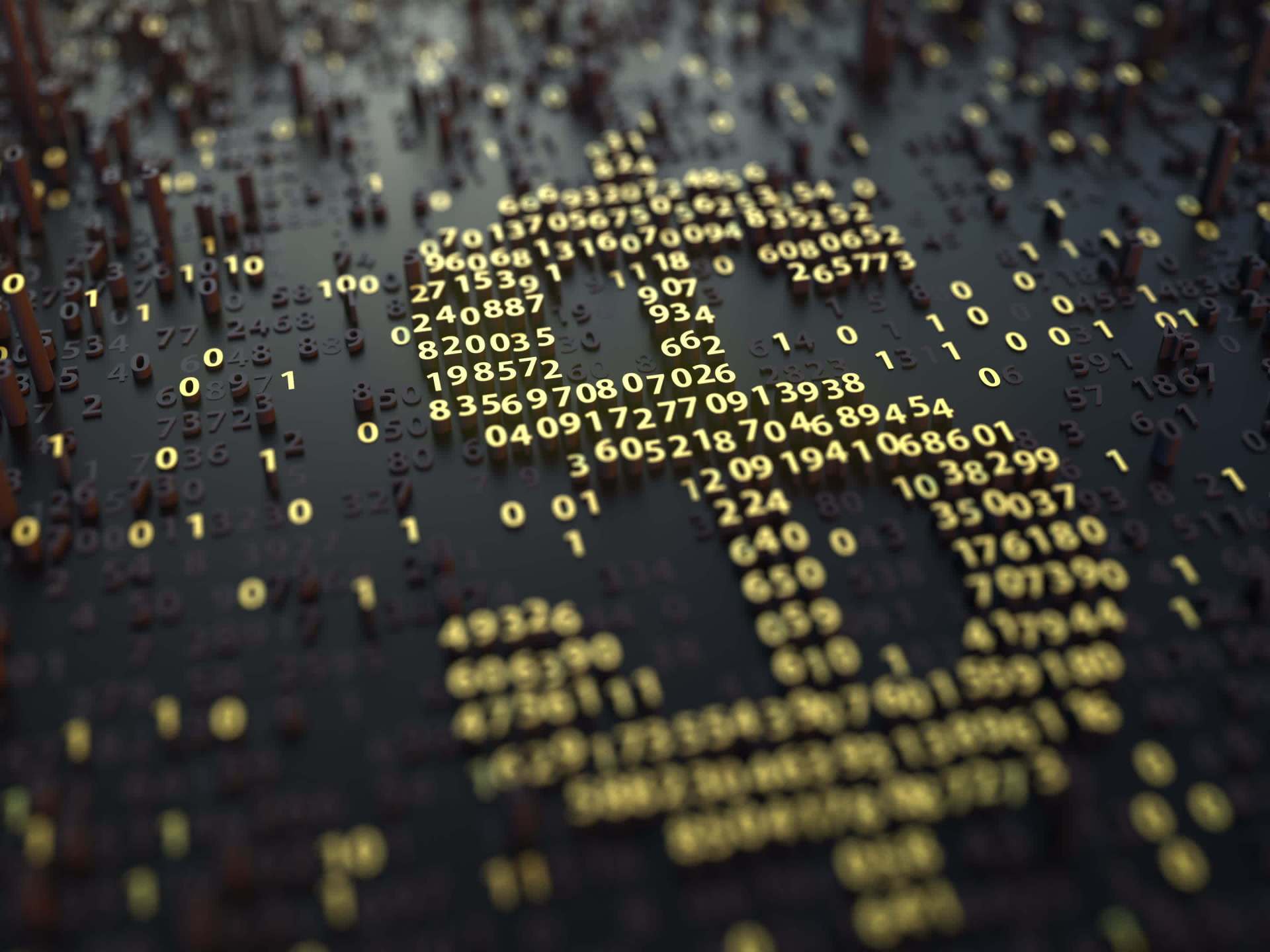Many countries are trying to control the phenomenon of virtual currencies by preventing and criminalizing them. At the same time, they are seeking to issue central digital currencies that represent their local currency, to confirm their dominance in the issuance of money, and to confront fraud and money laundering.
The United States recently took a big step towards launching a central bank digital currency;
The Treasury has recommended moving forward with the development of a central bank digital currency as part of the White House's first-ever comprehensive framework on the responsible development of digital assets.
According to the Atlantic Council, the framework follows an executive order issued by US President Joe Biden starting last March, which not only outlined the government's approach to digital assets, but also asked several government agencies to formulate recommendations There is a political approach to this approach, addressing all aspects, from the digital dollar to cryptocurrency regulations.
The Treasury is seeking greater outreach to other countries, sharing expertise on cryptocurrencies, and helping to set international standards;
It recognizes that it is in the national interest to create a "digital dollar," despite concerns about national security.
As China creates its own digital currency, the United States wants to make sure that the model that spreads around the world is one that respects democratic values, but in order to do that Washington needs to put forward its own model, which the Treasury says is a priority. for the US government.
Previously, a group of 7 major central banks - including the US Federal Reserve - began defining what digital currencies might look like, in an effort to catch up with China's leading role.
Besides the Federal Reserve (the US central bank) and the Bank of England, the seven banks that have allied themselves with the BIS include the European Central Bank, the Swiss National Bank, and the Bank of Japan.
Digital dollar delayed
The Atlantic Council indicated that more than 100 countries, representing 95% of global GDP, are studying the issue of digital currency issuance.
As the United States ramped up its activity;
Almost all of these countries will ask what Washington brings and make sure their currencies work with the global reserve currency.
Russia also plays a role in this, too. In the wake of the Russian war on Ukraine and the G7 sanctions, many countries have begun exploring ways to bypass the dollar-based international financial transfer system.
The digital euro is due to enter the Internet in the middle of the decade, while the digital dollar will be much later.
The first step is to build a successful model, then she will have to test the model, and eventually move from pilot to launch.
It is worth noting that China started working on this in 2016, and it is still in the experimental stage, and the digital yuan will enhance China's global competitiveness and its strong position in global negotiations alike, while the digital dollar is still lagging.
The competition between the expected digital dollar and the rest of the digital currencies remains within the framework of the traditional competition between America and other countries such as China and Japan, although the competition will continue to be governed by the fact that America is the largest producer of technology, and it controls a large percentage of global economic capabilities.
There is an important issue regarding the future of the paper dollar;
It is difficult for the existence of the paper dollar to disappear in the short and medium terms, due to the weak technological infrastructure of many countries, and even individuals. Not short.

